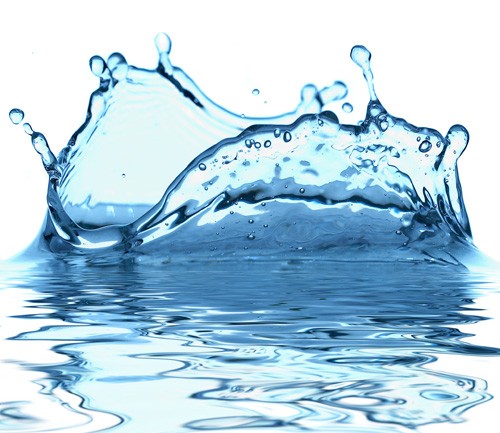The future looks bright for the desalination market. A number of key factors, changes in the desalination market and some particularly interesting emerging technologies are driving growth, and creating investment opportunities.
For example, the largest desalination plant in Europe the Barcelona-Llobregat desal plant provides drinking water to 20% of the population in the region, nearly 1.3 million people. Inaugurated in July 2009 it is an example of the scale and type of projects growing the desalination market.
Background and History
Desalination is the process of removing salt and a variety of minerals from saline water. We use desalination treatment processes to generate water suitable for irrigation, a number of industrial uses and most importantly, drinking. Some of the earliest reported claims of desalination date back to the fourth century, B.C. when Aristotle writes of Greek sailors boiling water to evaporate the fresh water away from the salt and in the first century A.D. Romans used clay filters to trap salt.
While evaporation and filtration treatment mechanisms have been used to desalinate water for hundreds of years, it was a daring gamble by Polymetrics co-founder Dave Grunaureally in 1974 that demonstrated the viability of membranes as an effective desalination process. From this first single pass sea water reverse osmosis plant on Bermuda the desalination market has grown to $10 billion annually in capital spending. The figure below clearly demonstrates the tidal wave of change membranes have had on the desalination market.
Today’s Desal Market
Today only 1% of the world’s population receive their water from desalination – 78.4 million m3/d (19.8 billion US Gallons), but the UN expects that 14 % of the world’s population will receive their water from desalination by 2025. In 2010, the world-wide installed desalination capacity was 76 million m3/d (20.1 billion US Gallons). The International Desalination Association (IDA) anticipates this will reach 126 million m3/d (33.3 billion US Gallons) by 2016. The global desalination investment will rise from $8.3 billion in 2010 to $16.6 billion per year by 2016.

Source Desalination
Volume 287, 15 February 2012
Currently, about 56% of the present desalination capacity of 78.4 million cubic meters per day is produced from seawater, 24% from brackish water, and 6% from waste water sources. In the future though, much of the expected growth will come from seawater, due to continued development of the market in coastal-based water poor regions. Regions such as the Arabian Gulf, the Mediterranean Sea, and the Red Sea.
The past five years has seen a 57% increase in the capacity of desalination plants on-line according to the latest data published by the IDA. This recent boom in desalination construction (Australia, Israel, Saudi Arabia) will result in a short term market lull. Desalination growth is linked to many factors, including the price of oil and certain commodities and the availability of financing. But as Patricia A. Burke, Secretary General for the IDA, states “the underlying factors that have driven the growth of desalination remain in place, including population growth, industrial development, pollution of traditional water resources, and climate change. At the same time, the desalination industry has done much to lower the cost of desalination by developing technologies that lower energy requirements, implementing practices that achieve greater operational efficiency, and adopting measures to enhance environmental stewardship.”
The indicators for continued long term growth are quite strong and coupled with significant technological improvements lead me to believe that the market will be strong for the next few years.
I will spend the next few weeks examining the market forces, players and the emerging technologies that will drive this growth and quite possibly increase the rate at which desalination is used worldwide. Until then, enjoy your water, one drop at a time.




